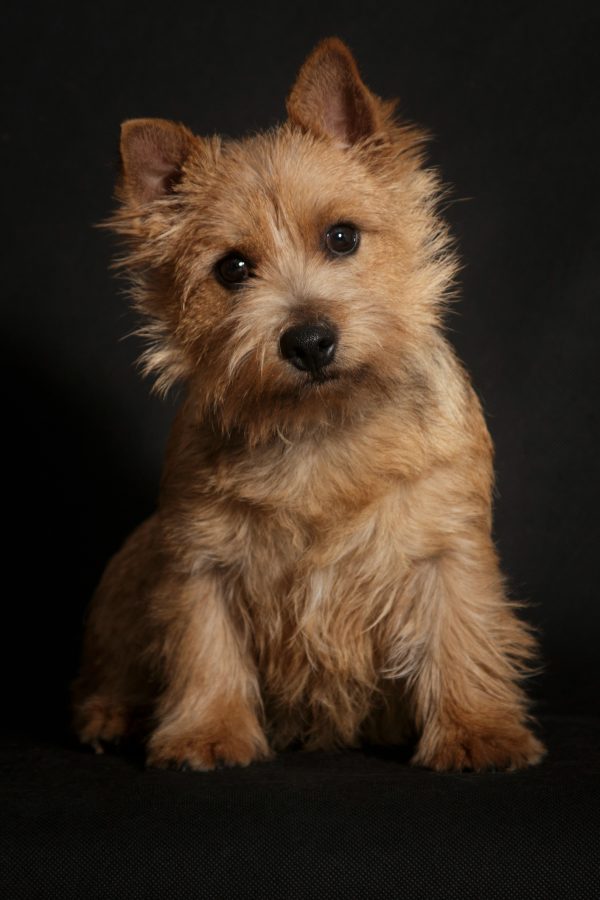
Early in the Norwich Terrier’s history in America, several Masters of Foxhounds used the breed for their original purpose of helping Foxhounds with prey gone to ground. Even in the 1920s, the Cheshire Hunt Club of Philadelphia and a few other clubs kept Norwich Terrier kennels to take part in hunts. These working terriers were often carried on horseback until it was time for them to go to work and bolt foxes.
The Cheshire Hunt Club of Philadelphia is still going strong under the name “Cheshire Hunt Conservancy,” a testament to the dream that one W. Plunket Stewart had to have the greatest pack of foxhounds in the country over which to hunt. Even as youngsters, he and his brother, Redmond, had their own pack of hounds that later became the foundation for the Green Spring Valley Fox Hunting Club in 1892. Later, when Stewart had a wife and children and was living in Philadelphia, he kept a pack of Beagles and spent many days foxhunting over them and the Brandywine Hounds.
As the story goes, one day Mr. Stewart was on a drive and pulled over to the side of the road at the top of a hill. He looked over the valley in front of him and determined that he had found his ideal hunting country. As it happened, the land belonged to the owner of the Brandywine Hounds, Charles Mather, who granted Stewart permission to claim the area. This consent opened the door to over 100 years of world famous fox hunting, and the valley as Stewart saw it that day remains virtually unchanged.
Mr. Stewart bought a pack of American hounds from Frank B. Chambers and purchased a nearby farm on which to build his own kennels. For a while, Stewart had both the original American hounds and a growing pack of English hounds, and in 1914, he added a few of the Brandywine’s English hounds. The pack was named the “Cheshire” after the English pack from the County of Cheshire, but eventually it came to known as “Mr. Stewart’s Cheshire Foxhounds” to distinguish them from the English hunt.
When WWII ended, Stewart was able to get more hounds from the best packs in England only because hunts there had been scaled back because of the war. It didn’t take long for Stewart to have the finest English foxhounds around, and he earned a fine reputation for his hunts. He continued to buy up farms to have idea galloping and jumping country, and in 1914, the first proper huntsman was hired.
The misfortune of having the kennels burn down twice (the first time in 1930, and the second time eight years later) was assuaged only in that no dogs perished in either fire, and when Stewart rebuilt the kennels for the last time, it was made of stone and cement, was fireproofed, and reflected he latest in modern construction. The kennels, updated over the years, remains much the same today.
The complete and interesting history of Stewart and family can be read on the Cheshire Hunt Conservancy website. We choose to focus on the dogs which, to our knowledge, included some 59 Foxhounds, each known by name by the second-year huntsman for Mr. Stewart’s Cheshire Foxhounds, Barry Magner. The American Hounds were phased out in favor of English Foxhound, but we find no mention of Norwich Terriers anymore.
